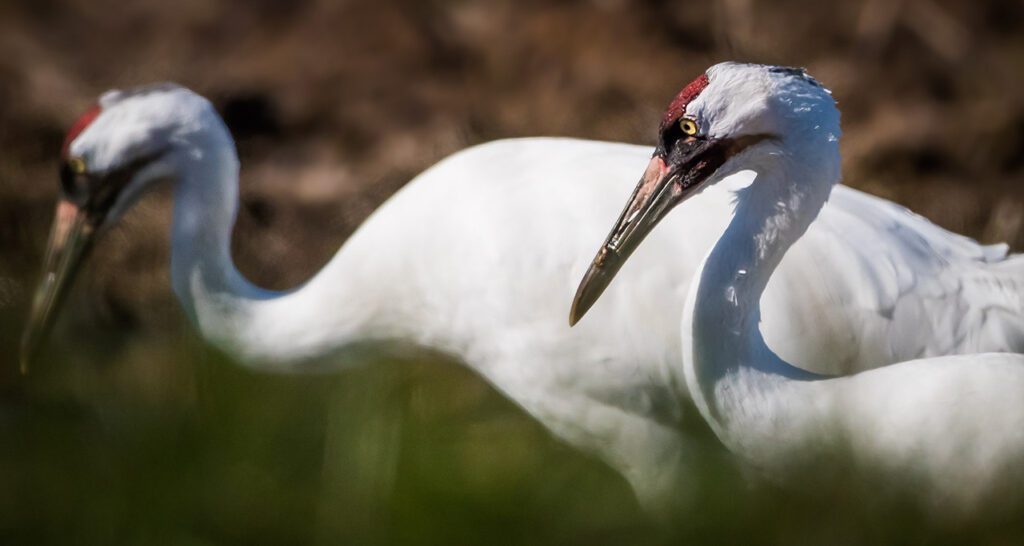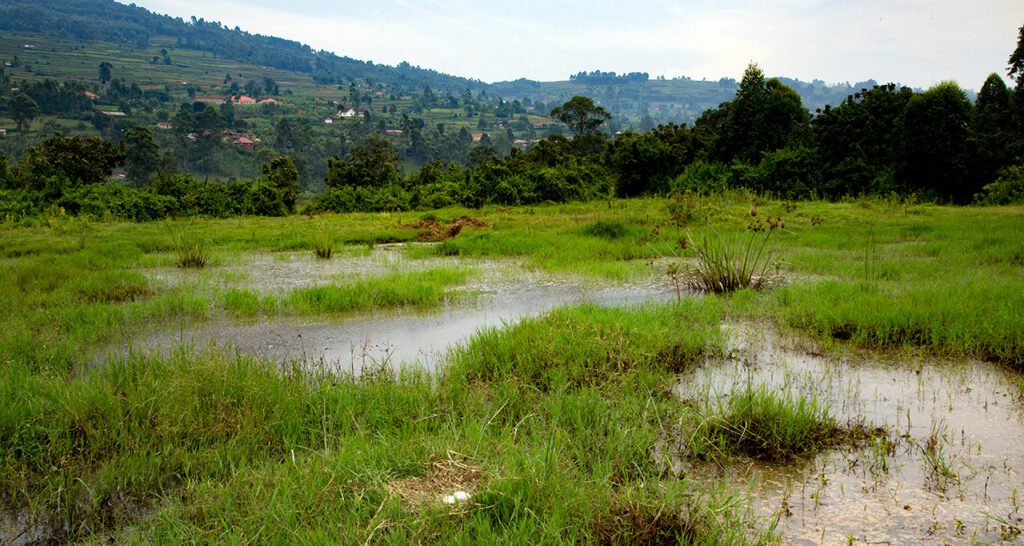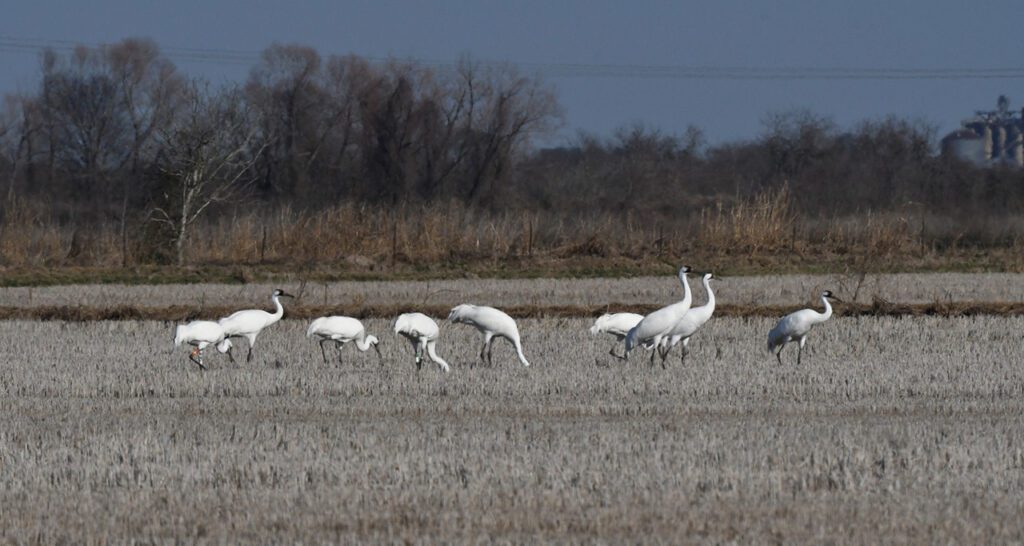In the News – September 2024
 Monthly summary of media stories highlighting our global programs.
Monthly summary of media stories highlighting our global programs.
How spring project is bringing clean, fresh water to Nandi residents, The Star Kenya
Committee weighs Sandhill Crane hunt, other solutions to prevent crop damage, WTMJ-TV Milwaukee
Inside Crane Conversation with Rich Beilfuss, American Birding Podcast


